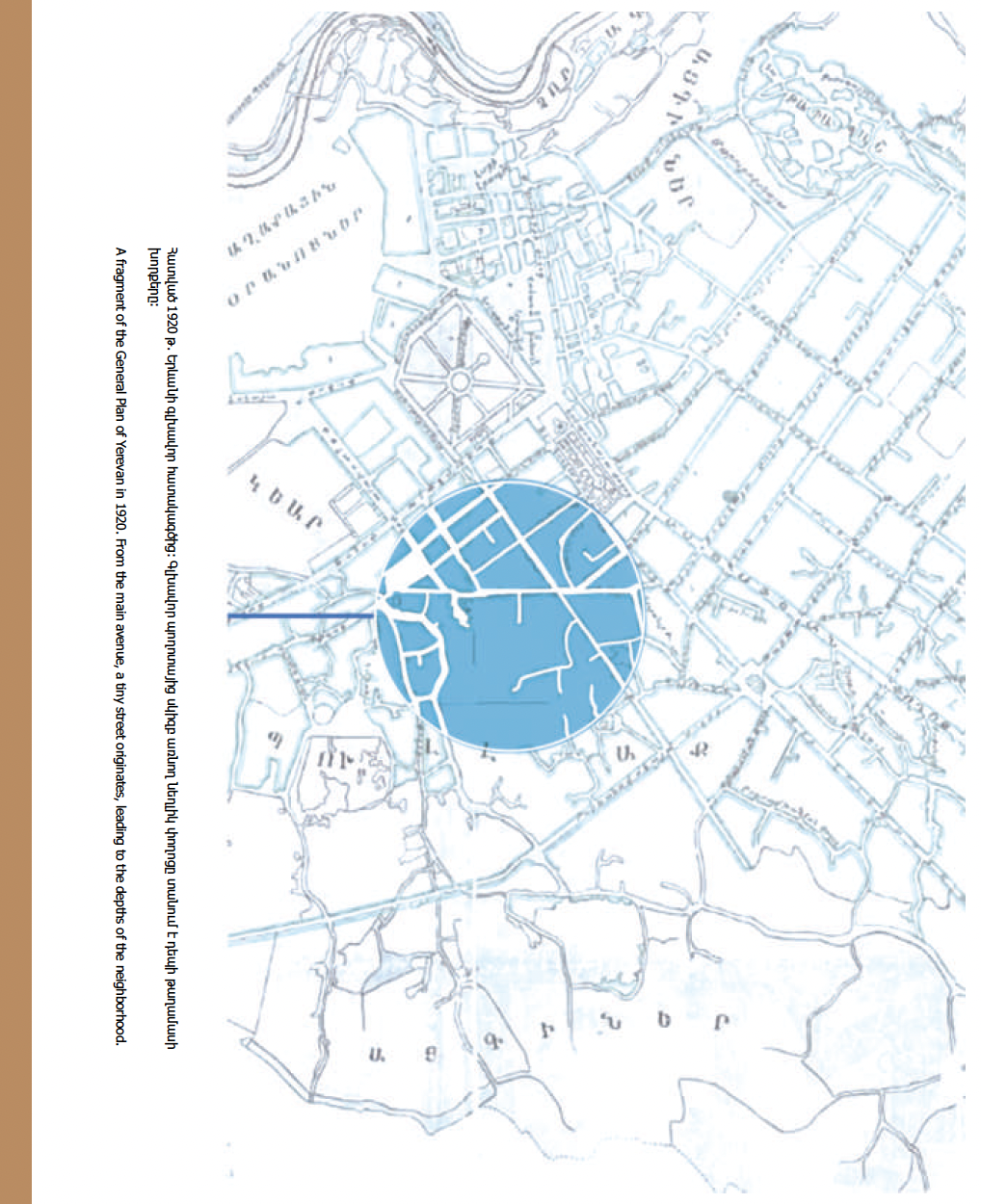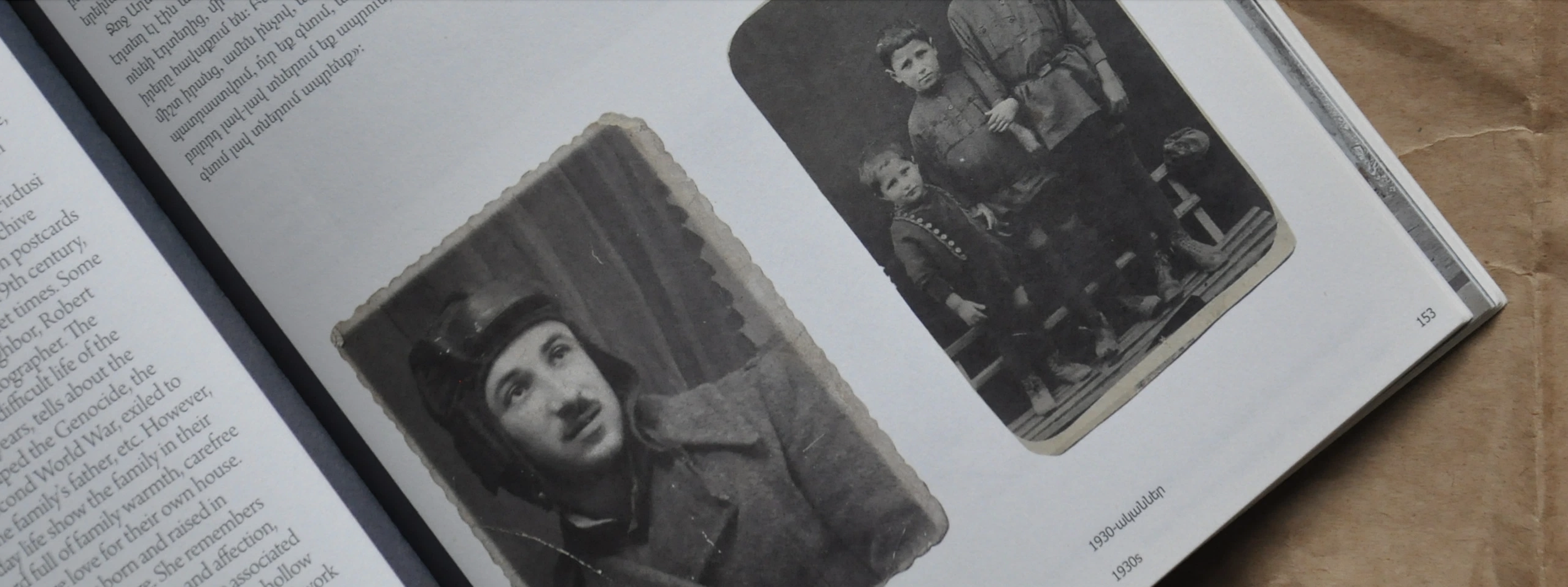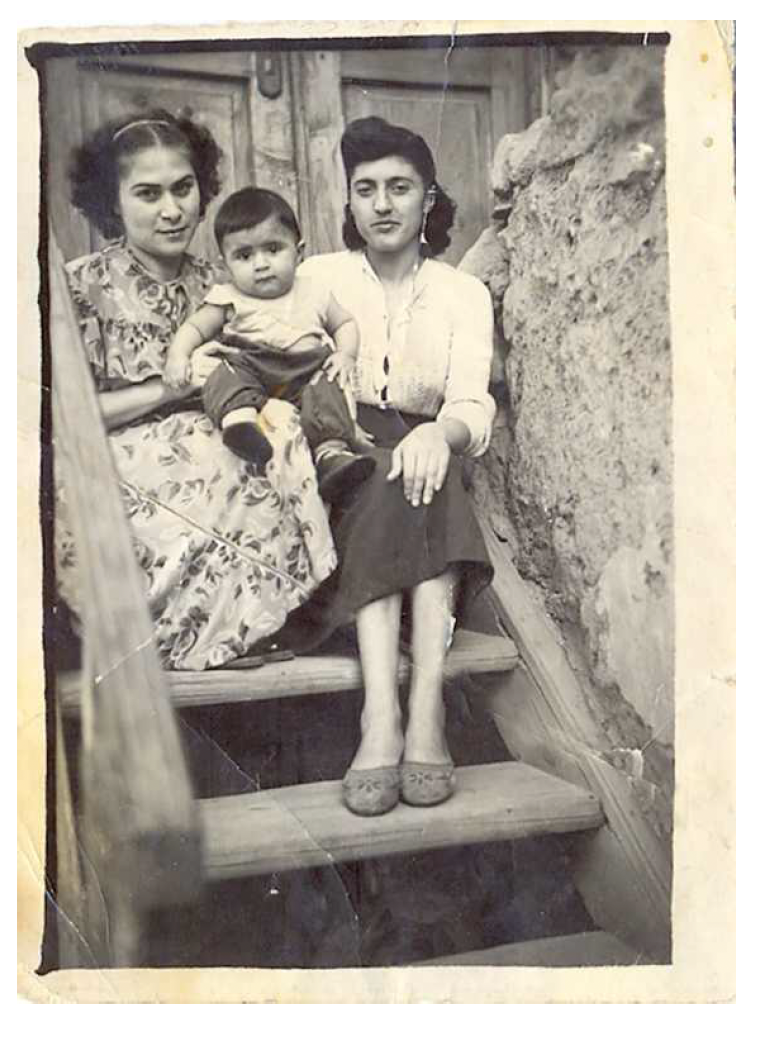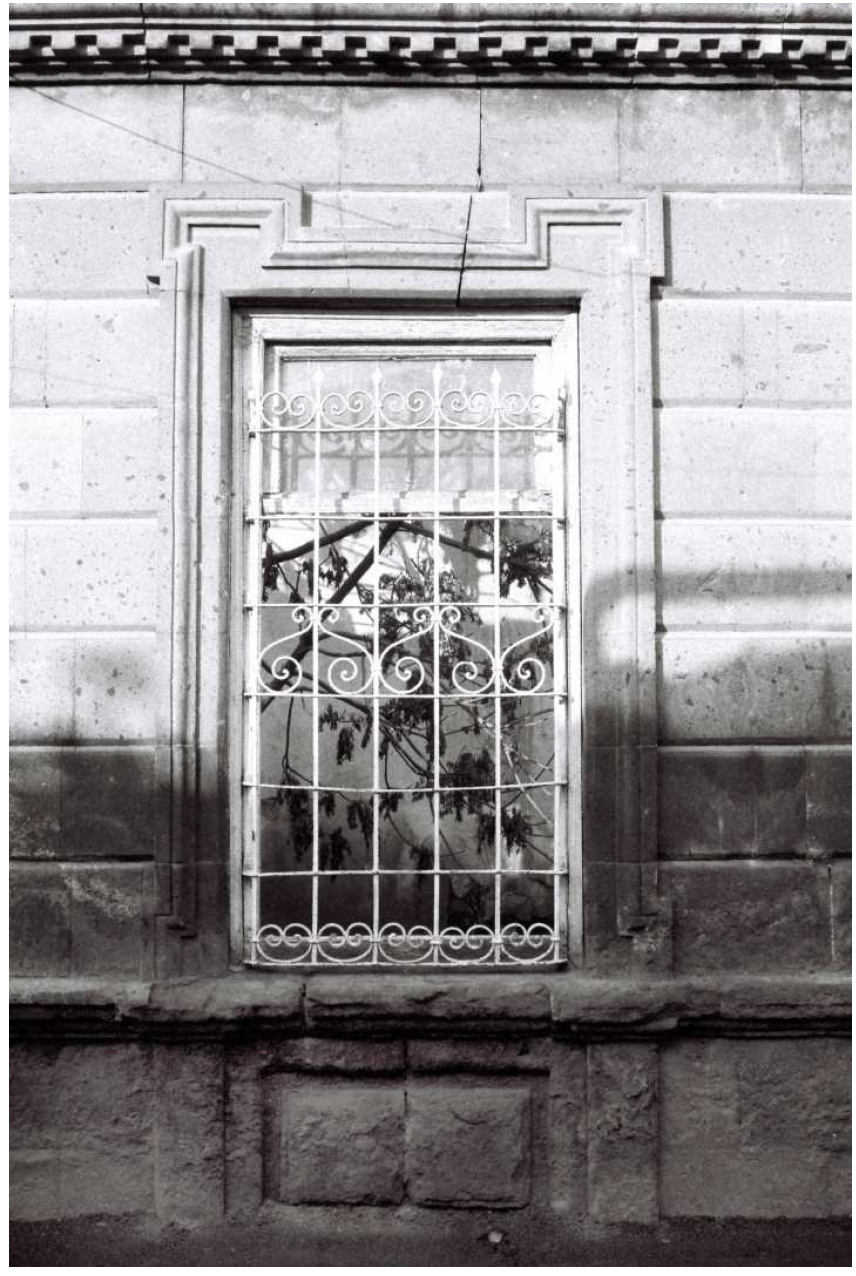“Firdus: The Memory of a Place” is one of our major research projects in the direction of memory studies and memory activism. We started observing the neighborhood in 2018 and dedicated years to advocacy aimed at the preservation of the neighborhood. Alongside several other projects “Firdus: The Memory of a Place” has strengthened our fundamental principles and influenced our methodology. This initiative has underscored the importance of "local identity and memory of the place", "the right to memory as a cultural right", "vernacular city" and other related phenomena and terms resonating not only with our team but the wider public.
 The realization of the "Firdus: The Memory of a Place" project brought our core ideals to a realization: a transparent exploration of the past, a deep comprehension of conflict and the harmful impact of hate speech, a democratic urban environment, the establishment of a democratic urban environment, and the promotion of a dialogue, conflict resolution, and peace through culture.
The realization of the "Firdus: The Memory of a Place" project brought our core ideals to a realization: a transparent exploration of the past, a deep comprehension of conflict and the harmful impact of hate speech, a democratic urban environment, the establishment of a democratic urban environment, and the promotion of a dialogue, conflict resolution, and peace through culture.
This is an extensive and interdisciplinary research project that explores the memory and cultural heritage of a neighborhood located in the center of Yerevan. The project touches upon various thematic aspects, including the conservation of vernacular and folk architecture, the influence of urban planning on the daily lives and practices of people, the harmonious coexistence of diverse identities and cultures, the demographic transformations within the district, multiple waves of migration (including Stalin's repressions and forced deportations), the collective and individual memories and post-memories of the residents, female experiences, changes in the socio-cultural perception of the space, and the significance of Firdus not only for its cultural heritage but also for being a unique space in Yerevan filled with memory.
The research was carried out by a diverse group of researchers with various backgrounds, including anthropologists, urbanists, architects, visual artists, cultural practitioners, archivists, semioticians, and other professionals.
Through the dedicated efforts of the team developed innovative methodologies that allowed it to delve deep into the intricate layers of the neighborhood's past. Our objective was not to describe the large narratives of the historical past, but rather to describe personal memory that is upheld in oral stories, family photo albums, examination of the space from the perspectives of urban studies, apartment interiors, personal and state archives, etc.
The research revealed the following issues and characteristics of the district:
-
Vernacular district (various types of vernacular buildings formed from the 19th century to 2000s),
-
Historically and Culturally significant buildings in the context of urban transformations and cultural heritage,
-
The network architectural structure of the vernacular neighborhood and its impact on the formation of the network memory (communal/community memory),
-
The liveliness of the market (since the 1990’s) and its impact on the formation of the community and the buildings,
-
The significance of the Firdus market as an integral part of the other commercial points of the city,
-
The distinct characteristics of the district's urban and social identities encompass dual identities, manifested through the external/internal duality: the external facade showcases historical and cultural elements, while the internal domain features vernacular and self-made houses, bustling market that in contrast to the everyday life practices, fragments of both Armenian and Muslim history and culture, location of the neighborhood right in the city center, yet presentation of an ensemble that embodies rural life (center-periphery),
-
The impact of the different waves of migration on the vernacular neighborhood,
-
The difference in women's and men's perceptions of the vernacular neighborhood.

The project included several stages:
-
Interdisciplinary study of the community,
-
Distribution of the main philosophy of the project and the stories of the neighborhood inhabitants,
-
Publication of the book,
-
Creation of the website,
-
Presentation and dissemination of information about the project.
-
Development, publishing, and distribution of the project report that includes key ideas, methodology, and outcomes of the project.
The focal point of the research revolves around the identity and memory embedded within the neighborhood. The project studies different forms of memory functioning in a small fragment of the city center of Yerevan, the capital of Armenia. In the post-Soviet period, an Armenian-Iranian bazaar was formed on Firdusi Street, which had later grown into a neighborhood. Firdus is the last district of the city center having preserved vernacular and folk architecture, but this automatically creates a conflict with the city gentrification policy.
 The neighborhood is on the verge of vanishing. Without the status of a cultural monument, yet saturated with multicultural memory, it is gradually dissolving in time.
The neighborhood is on the verge of vanishing. Without the status of a cultural monument, yet saturated with multicultural memory, it is gradually dissolving in time.
Drawing upon anthropology, we meticulously collected and analyzed oral stories from the locals. This invaluable source of information unraveled the social dynamics, cultural practices, and collective memories and post-memories of the diverse group of people who have contributed to the neighborhood's vibrant tapestry.
Urbanism played a crucial role in our research, facilitating a detailed study of the area's architecture, including the vernacular and folk architecture that symbolized the cultural heritage and traces of multicultural and peaceful coexistence.
 Our team placed particular emphasis on the memory of the multi-ethnic community, specifically the coexistence between Armenians and Muslims once living peacefully in Firdus. By revealing and highlighting and showing the positive memory of peaceful coexistence, we aimed to challenge prevailing narratives pushed by certain groups of society and foster a more inclusive understanding of the neighborhood.
Our team placed particular emphasis on the memory of the multi-ethnic community, specifically the coexistence between Armenians and Muslims once living peacefully in Firdus. By revealing and highlighting and showing the positive memory of peaceful coexistence, we aimed to challenge prevailing narratives pushed by certain groups of society and foster a more inclusive understanding of the neighborhood.
In order to ensure the visual factuality and attractiveness of the project, designers and visual artists of the team developed various maps and visuals specifically for this project that vividly portrayed the remains of the vernacular architecture of Firdus, the ongoing destruction of the neighborhood and the transformative changes that Yerevan has undergone over time. By visualizing these changes, we aimed to raise awareness about the challenges faced by the city and provide a platform for activists, empowering them to gain the language and tools to advocate for the preservation of cultural heritage and the protection of Firdus. Finally, our project served as the foundation for an international competition that proposed the renovation/rehabilitation/restoration of the neighborhood, subsequently recommended to the local authorities.
Links and coverage
Hetq.am about the presentation of "Firdus: the Memory of a Place"
Urbanista: Memory of the Place
Public Radio of Armenia about the Firdus district
This project has been produced with the assistance of the European Union within the framework of the “Peacebuilding through Capacity Enhancement and Civic Engagement” (PeaCE) programme. The contents of this project are the sole responsibility of “Cultural and Social Narratives Laboratory” NGO and can in no way be taken to reflect the views of the European Union, or any of the implementers of the PeaCE programme including EPF-Armenia, EPF-Azerbaijan, International Alert and CRRC-Georgia.

